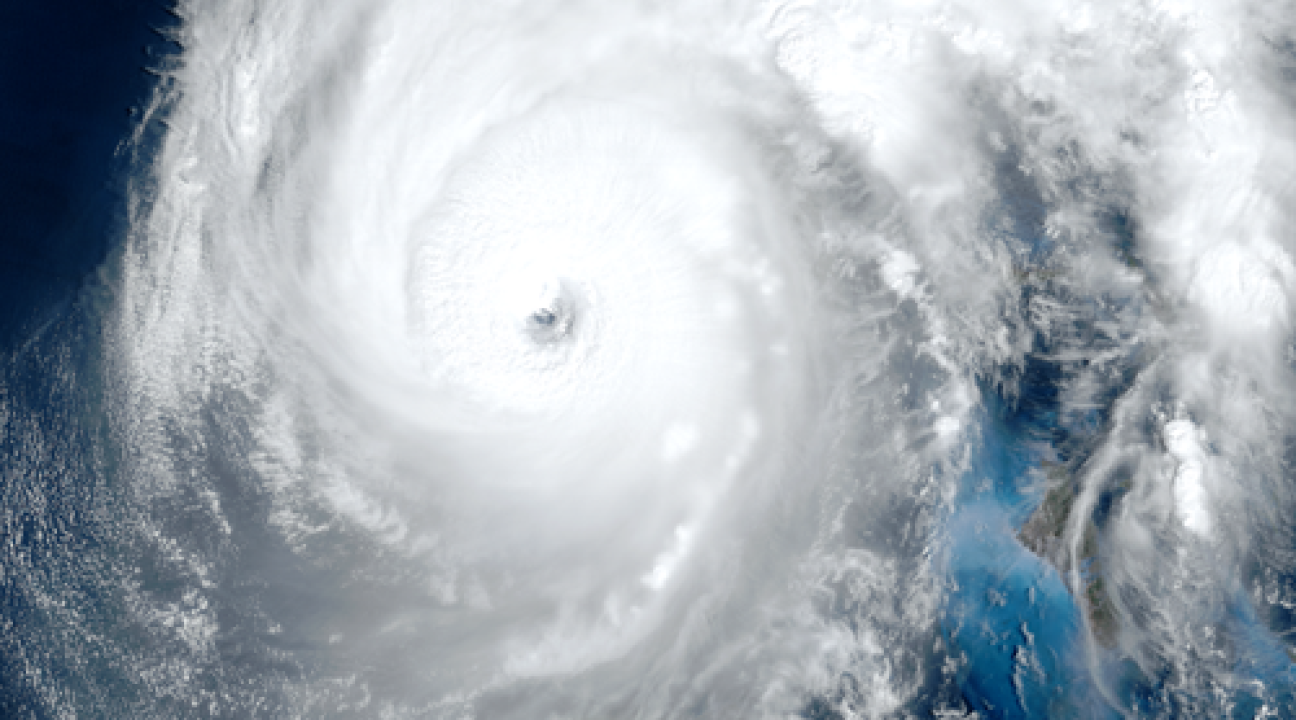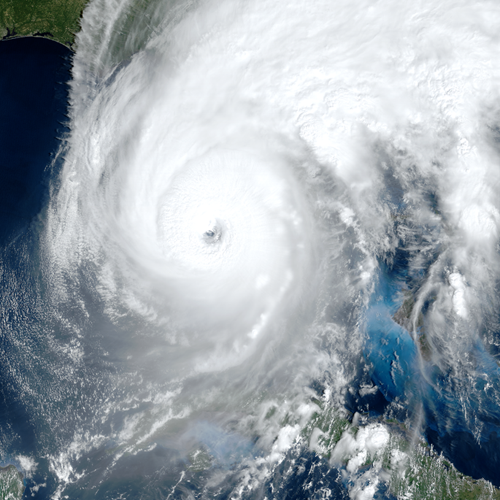Hernández Ayala: Relating the 2020 Hurricane Season to Climate Change
Hernández Ayala JJ, Méndez-Tejeda R. (2022). The Extremely Active 2020 Hurricane Season in the North Atlantic and Its Relation to Climate Variability and Change. Atmosphere, 13(12), 1945. https://doi.org/10.3390/atmos13121945
The 2020 hurricane season in the North Atlantic basin was the most active on record, with 30 named tropical cyclones. In this study, climate trends in oceanic and atmospheric parameters (including the sea surface temperatures, ocean heat content, cloud cover, mid-level humidity, vertical wind shear, and sea level pressure) were used to model the tropical cyclone, hurricane, and major hurricane frequency in the post-satellite era (1966–2020). The relationships between storm frequency and climate variability factors (including the El Niño Southern Oscillation, the North Atlantic Oscillation, the Atlantic Multidecadal Oscillation, and the Atlantic Meridional Mode) were also examined. This was performed to determine the factors that exerted the greatest influence on the most active hurricane seasons on record. Mann–Kendall trend tests, Pearson’s correlations tests, stepwise Poisson linear regression models and spatial analysis techniques were used to identify the climate change and variability factors that best explained the tropical cyclone frequency in the North Atlantic. Our results show that hyperactive hurricane seasons, such as that of 2020, tend to be associated with higher cloud cover development, lower sea level pressure patterns, higher sea surface temperatures, positive phases of the Atlantic Multidecadal Oscillation and the Atlantic Meridional Mode, and weaker wind shear environments. Seasons with more major hurricanes had higher ocean heat contents and weaker wind shear environments. The 2020 and 2005 seasons had similar cloud cover and sea level pressure patterns, yet the wind shear was lower in 2020 than in 2005, which was associated with La Niña dominant conditions that could explain why 2020 surpassed 2005 in the total number of storms. Read More Here



